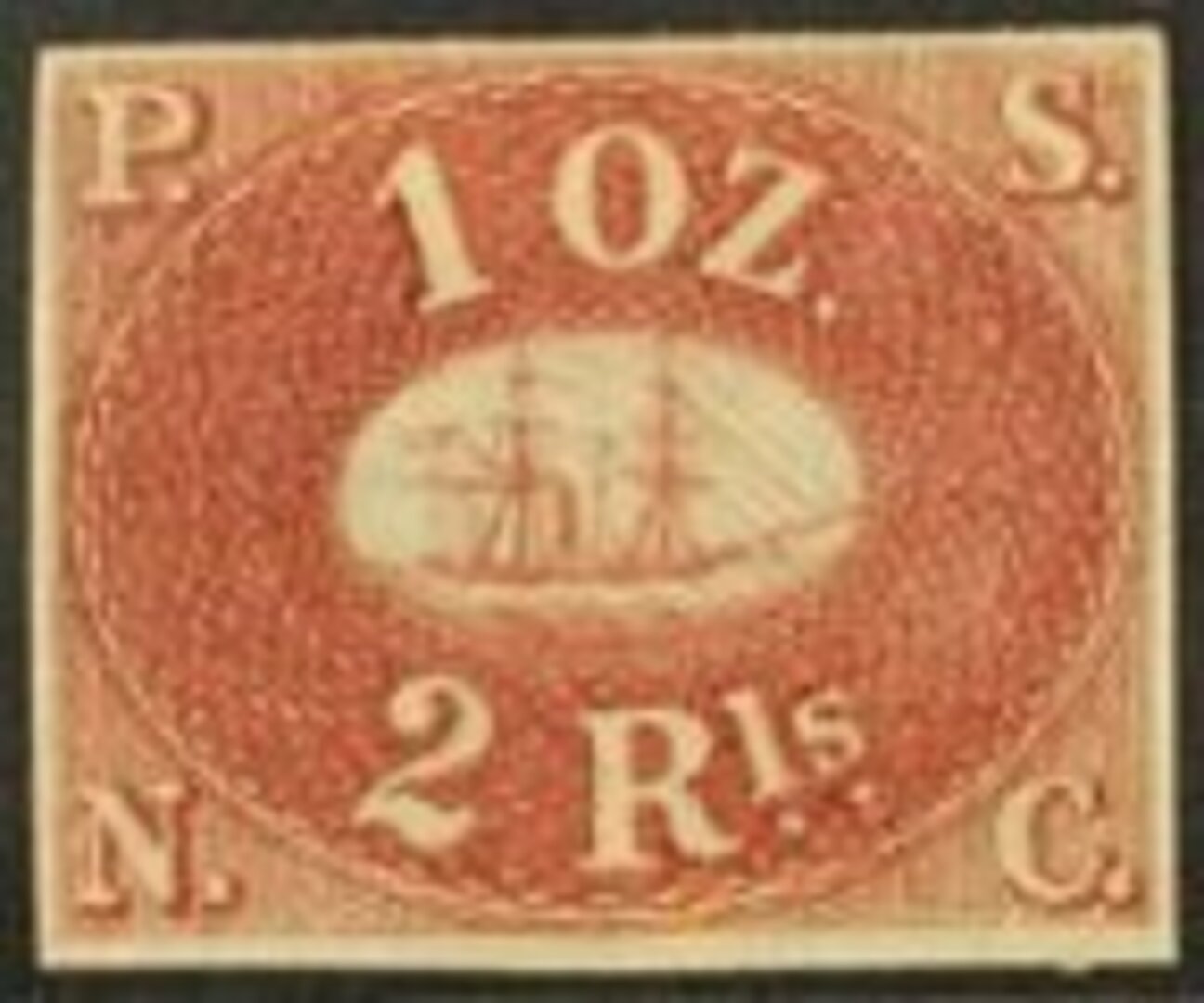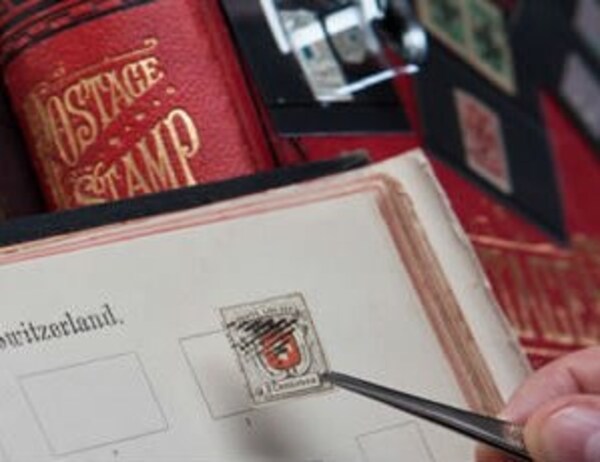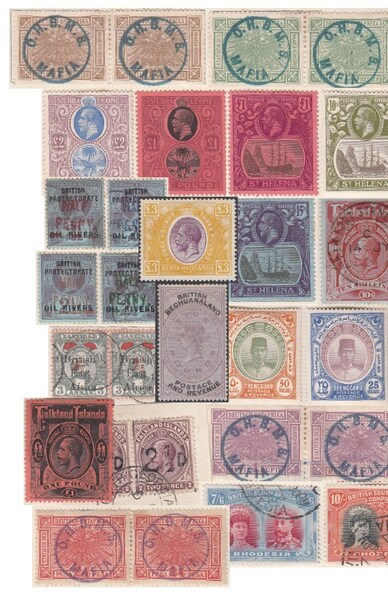One of the most innovative shipping companies of the 19th Century, the PSNC was by 1868 offering the first steam powered service direct from Liverpool, via Panama and Cape Horn, to the Pacific Ocean and the lucrative markets of South America. Prior to that, in 1847 the Company had the vision to provide a unique opportunity for mail to be carried on two of its vessels using postage stamps issued by the PSNC itself and from 1852 the Company received a contract from the Royal Mail to carry mail to and from England to Chile and Peru.
William Wheelwright, a Master Mariner and founder of the PSNC was born in Newburyport, Massachusetts in 1798. The Company was incorporated in London in 1838. Wheelwright was a visionary and entrepreneur, and was also related to a family with strong philatelic links; his cousin was Joshua Butters Bacon, a member of the firm of stamp engravers and printers, Messrs. Perkins, Bacon.
In 1835 aware of the limitations of sailing ships on such long voyages, Wheelwright successfully persuaded the Chilean government to grant him a concession to operate steam vessels along its 4000 mile long coastline. In 1840 the PSNC’s two 700 ton steam vessels, the SS “Peru” and SS “Chile” sailed through the Strait of Magellan and initiated a service between Callao (Lima) in Peru and Valparaiso in Chile. The PSNC was at the forefront of new ideas and technical advances and was one of the first to build ships with iron hulls. The directors also recognised the business opportunities available to the Company as overseas postal services started to develop.
By 1847, PSNC was enjoying the benefits of expanding trade with Chile and Peru. Europe’s insatiable demand for raw materials, from precious metals to agricultural fertilizer, helped PSNC to become involved in Peru’s strong economic growth and a participant in what became known as the “Guano Era” between 1845 -1866. On return journeys finished items including consumer goods, heavy engineering products together with railway equipment were imported. Large communities of European residents were established at various ports, including Callao and Valparaiso, all of whom relied on ships to send and receive mail.
In 1847 the PSNC board decided to order and issue its own stamps for use on the two steam vessels and having received prints of the SS “Peru” and SS “Chile” together with sketches of the proposed stamps, dies were engraved and printing commenced at Perkins, Bacon. There are two values denominated in the Peruvian Real currency, the “½ ounce” One Real in blue shows a centrally located image of the SS “Peru” heading westward in a vignette and the “1 ounce” Two Real in rose that similarly shows the SS “Chile” heading eastward. The stamps are imperforate and printed on white woven paper. Located at the top corner of each spandrel, is one of the initials of the PSNC. Initially, in late 1847 a consignment of just over 50,000 stamps were sent to the PSNC Agent in Panama to be followed by a similar number to Callao in early 1848. Also prepared but not issued were a 1r rose and 2r blue on laid paper, and both the 1r and 2r in blue, rose, yellow and green with a 2r also in brown on white wove paper. The experiment was not a success and despite placing advertisements in local newspapers the stamps were never used. No further orders were received by the printers and it is thought probable that any remaining stocks were destroyed in a fire at the printer’s factory in March 1857. Plates still exist and are held by the Royal Philatelic Society in London.
In 1857, inspired by the global growth and interest in mail, Peru decided to experiment with the introduction of a national postal service. The government authorised the Post Master General to issue stamps in Lima, Callao and Chorrillos (a local metropolitan area). He approached the directors of the PSNC and it was agreed that the remaining stock of the company’s stamps would be donated for use during a three month trial period between December 1st 1857 and February 28th 1858. After this date the Peruvian Government approved designs for the country’s own stamps (the Arms design) which were issued shortly afterwards. The remaining stocks of the PSNC stamps were destroyed by the Peruvian Government in 1860. Examples of covers with local postmarks issued during the three month trial period are rare and highly sought after by collectors.


 General
General
 General
General
 General
General